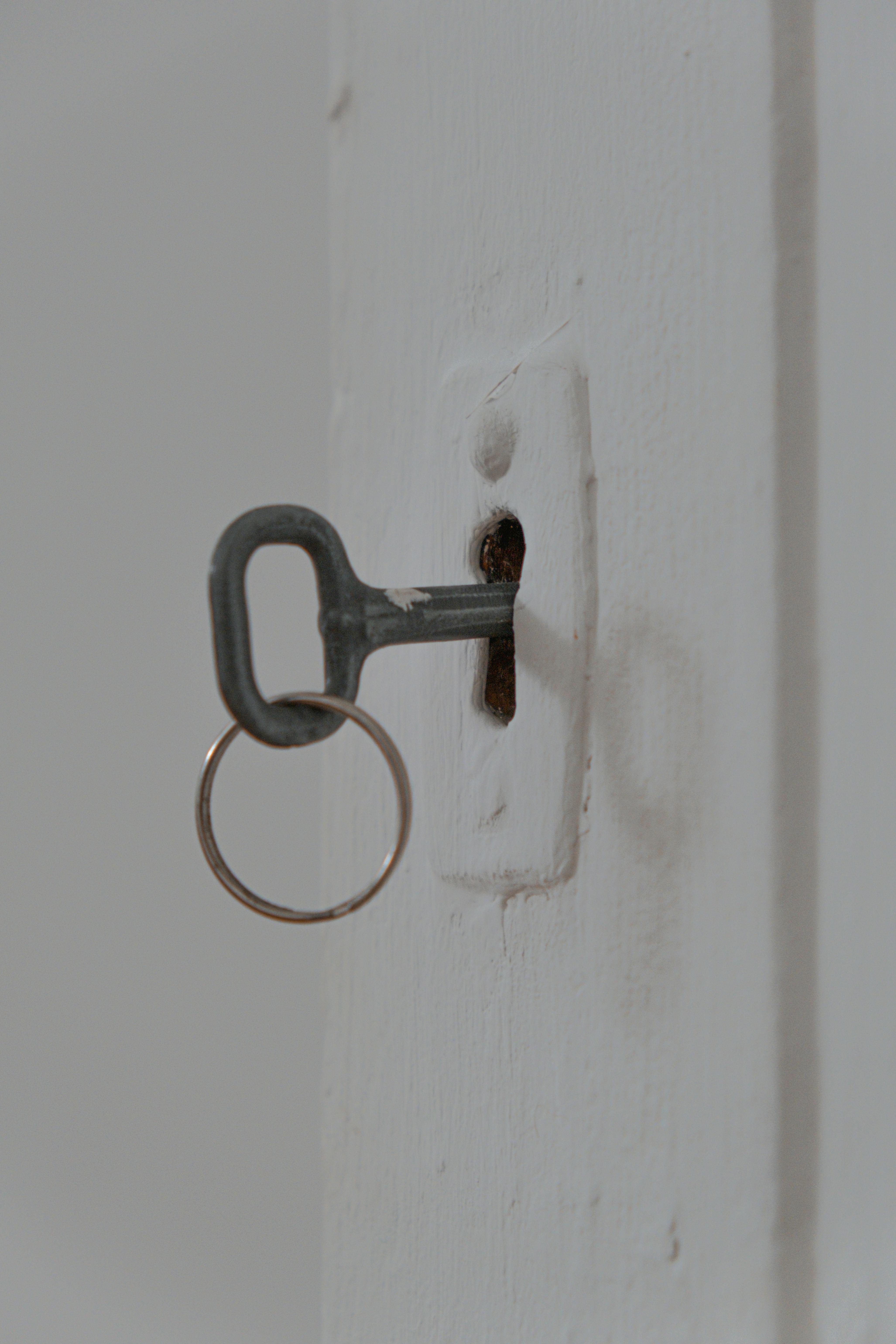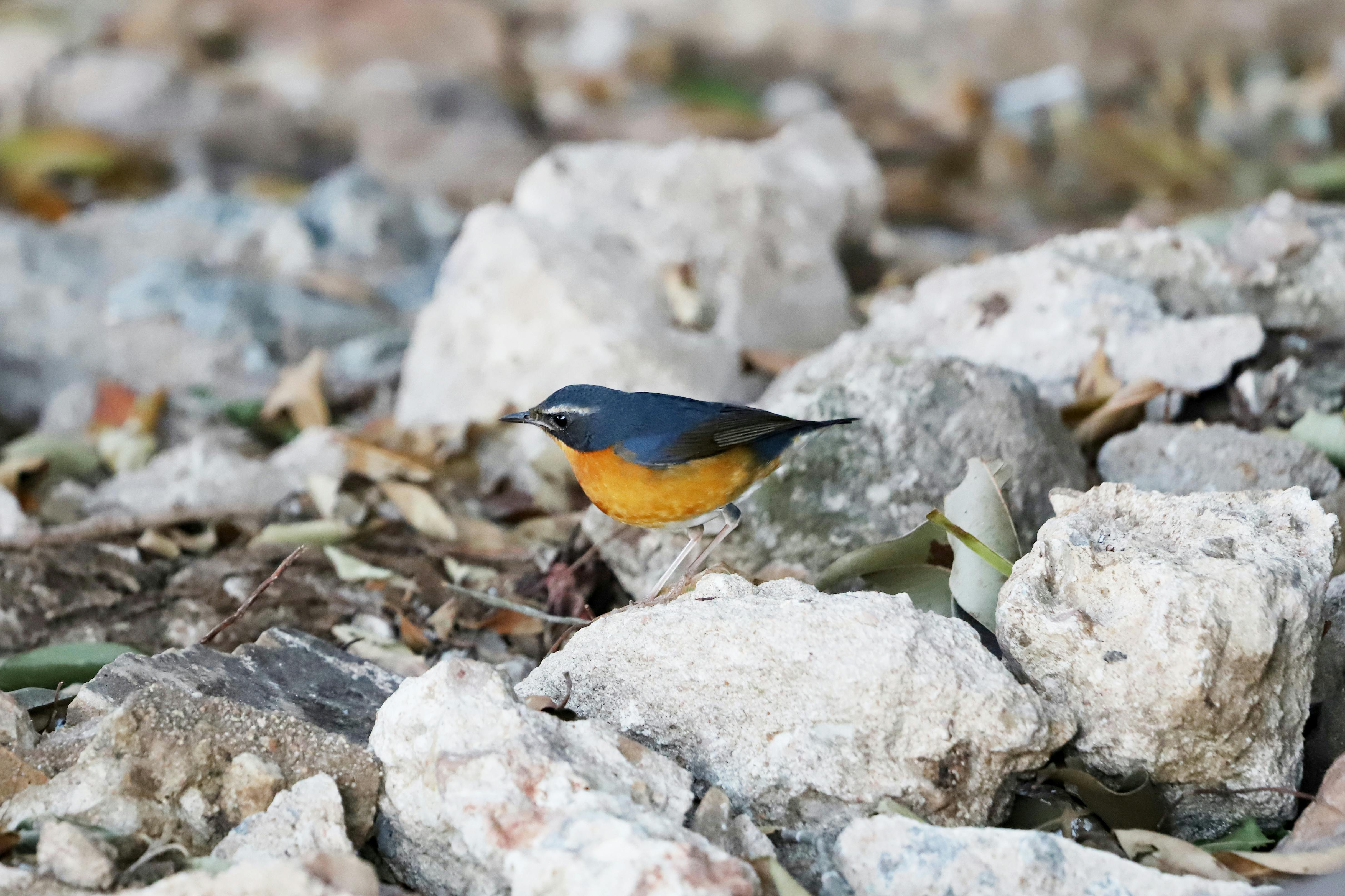Smart Ways to Revive Sourdough Starter for Baking Success in 2025
Learning how to revive sourdough starter is an essential skill for any baking enthusiast aiming to create mouth-watering sourdough bread. As we move into 2025, maintaining a vibrant sourdough culture has never been more important, especially with the growing trend towards homemade, artisanal baking. This guide will walk you through the best methods for reactivating sourdough starter, ensuring that your baking endeavors are met with success and delicious outcomes.
Reviving sourdough starter not only maintains flavor profiles but also contributes to healthier baking with enhanced nutrition. Whether you have a dormant starter lingering in your fridge or an old crusty jar on your countertop, this article will dive deep into effective techniques for restoration. Key takeaways will involve step-by-step instructions on sourdough starter feeding, hydration levels, care tips, and troubleshooting for common sourdough problems.

Essential Techniques to Revive Sourdough Starter
Building on these fundamentals, there are several practical steps you can take to thoroughly restore your sourdough starter. By understanding the basic procedures of sourdough starter feeding and maintenance, you can ensure your sourdough is robust and ready for baking.
Step-by-Step Process for Reactivating Sourdough
The process of reviving a sourdough starter generally involves three core steps: assessing its current state, refeeding with appropriate ingredients, and monitoring its activity. Begin by checking for signs such as bubbles or a sour smell; these indicate that the culture still has some vitality. Then, refresh it with a mixture of equal parts flour and water, adjusting quantities based on how much starter you generally keep. It’s crucial to use quality ingredients—organic, unbleached flour is recommended for best results.
Sourdough Starter Hydration Levels
Understanding the hydration level of your sourdough starter can significantly affect its behavior during fermentation. A higher hydration starter (more water) results in a more liquid consistency, an increased rise, and enhanced flavor. Conversely, a lower hydration starter (more flour) produces a thicker texture which can sometimes be easier to manage but adversely affect the sourdough’s aeration. It’s important to find a balance—aim for around 100% hydration for optimal results.
Feeding Schedule for Sourdough Starter
Establishing a consistent feeding schedule is integral to maintaining a healthy sourdough starter. Ideally, a once-a-week feeding is sufficient if stored in the fridge. This involves discarding some starter before adding fresh flour and water. In warmer climates, however, you may need to increase feeding frequency to keep the starter active. Pay attention to the starter's bubbles and rising behaviour post-feeding to determine if adjustments are necessary.
Common Mistakes in Sourdough Maintenance
Even seasoned bakers can stumble upon mistakes when caring for sourdough starter. One prominent error is neglecting a proper feeding schedule. This can lead to a weak starter, unable to rise effectively when baking. Another common issue is improper storage temperatures; for example, keeping your sourdough starter in a warm environment can lead to over-fermentation, resulting in a sour flavor. Familiarize yourself with proper storage conditions to ensure your sourdough maintains its strength.
Tips for Strong Sourdough Starter
The key to a strong sourdough starter lies in creating an environment conducive to fermentation. Use an active culture, feed it regularly, and keep it in a temperature range of 70°F to 75°F for optimal performance. Don’t hesitate to incorporate some of your sourdough starter discard into pancake batter or other recipes if you’re not ready to bake. This way, you maintain a healthy balance and minimize waste.
With these strategies, you'll be more than prepared to revive your sourdough starter and ensure its longevity. Now let’s explore the best practices for feeding your sourdough, promoting a vibrant culture that yields fantastic results.
Best Practices for Sourdough Starter Feeding
With these basics established, the feeding of your sourdough starter is where the magic happens. Understanding various feeding options and methods will significantly influence the outcome of your baked goods.
Sourdough Feeding Ratios Explained
Feeding your sourdough starter at the correct ratios is crucial for its health. A common guideline is to feed equal parts by weight of sourdough starter, water, and flour. For instance, if you start with 100g of starter, add 100g of water and 100g of flour. This ratio promotes a vigorous fermentation process, helping to maintain a strong community of yeast and bacteria.
Feed Options to Boost Sourdough Starter
Choosing the right flour can also enhance your sourdough starter’s capabilities. Whole wheat or rye flour tends to introduce more nutrients, thereby fostering a robust ferment. Alternatively, consider adding a bit of honey or sugar when reviving your starter to provide an additional energy source, boosting microbial activity considerably.

Monitoring Sourdough Health
Keeping a watchful eye on your sourdough starter is pivotal for successful baking. Signs of a healthy culture include physical bubbles, a pleasant tangy aroma, and noticeable rise after feeding. A starter that fails to show these signs may require an adjustment in feeding schedule, hydration levels, or even its storage temperature. Always be proactive in gauging your starter’s performance.
Importance of Temperature in Sourdough Fermentation
The role of temperature in sourdough management cannot be overstated. Warmer temperatures accelerate yeast activity, while cooler environments slow it down. Striking the right balance helps achieve your desired fermentation time; typically, a temperature range of 70°F to 75°F works wonders for most starters. Be sure to room your starter away from direct sunlight or drafts to minimize fluctuations.
Experimenting with Sourdough Cultures
Don’t hesitate to explore various sourdough cultures from around the world. Each region's unique microbial environment contributes to distinctive flavor profiles and fermentation characteristics. Experimenting with different cultures may lead to incredibly flavorful loaves that reflect your personal baking journey.
These feeding strategies serve as pillars to revive and maintain your sourdough starter’s health. Now, let’s look into common troubleshooting techniques for reactivating your sourdough starter, ensuring you can correct any flaws quickly.
Sourdough Starter Troubleshooting Techniques
<pThis naturally leads us to the critical phase of troubleshooting any problems you encounter as you work with your sourdough starter. By being proactive and educated about potential issues, your baking results can consistently improve.Signs of a Healthy Sourdough Starter
Recognizing the signs of a healthy sourdough starter is key. Active starters should bubble up within a few hours post-feeding and double in volume. If your starter exhibits a sour smell, is hooch-slick, or struggles to rise, it may need an intensive revamp or a different feeding approach. Make a habit of observing these indicators closely.
Common Sourdough Problems and Solutions
Common issues include a sluggish starter that fails to rise. Alternatively, if your starter has turned dark or has a liquid layer (hooch) on top, it can be a sign of starvation. Address this by pouring off the liquid and refreshing it with new flour and water, maintaining proper feeding timings. Be prepared to adjust your methodology based on these clues.
Reacting to Over-Fermentation
Over-fermentation can lead to a flat and overly sour loaf. To offset this, store your starter in the fridge for longer periods to slow microbial activity, enabling better control over the fermentation process. Adjust your feeding schedule according to your projections of when you intend to bake next.
What to Do if Starter Turns Black
Should your sourdough starter take on a black hue or develop an unpleasant odor, it’s crucial to discard it immediately. The presence of harmful bacteria leads to these issues, and it’s best to establish a fresh culture. Nevertheless, if it merely has a thin layer of liquid, you can drain the hooch and feed the starter accordingly to rejuvenate it.
Returning to Life: Reviving the Dry Starter
If you’re working with a dry sourdough starter, the revival process involves a gradual increase in hydration. Start by mixing equal parts of the starter with tepid water and flour in a small bowl. Over time, as it becomes active, increase your feeding quantities to match regular starter scale. Patience is critical as you monitor its bubbling and rising abilities.
With a comprehensive understanding of troubleshooting your sourdough starter, you can approach your baking confidently. Moreover, let’s explore some commonly asked questions related to sourdough starter and its revival for a deeper insight.
Q&A Section: Common Questions About Sourdough Starter
Here are some commonly asked questions regarding sourdough starter revivals and baking success.
1. How long does it take to revive a sourdough starter?
The revival time can vary significantly depending on the starter’s condition. Typically, a dormant sourdough starter can take anywhere from 3 to 7 days to reactivate, closely monitoring the temperature and feeding schedule yields the best results.
2. Can I use any type of flour for sourdough starter?
While you can use all-purpose flour, whole grain flours like wheat, rye, or spelt are often recommended as they contain more nutrients, promoting a more active fermentation environment.
3. How can I tell if my sourdough starter is active?
An active starter will bubble up and double in size within a few hours post-feeding and will have a pleasant tangy smell. This indicates a healthy culture ready for baking.
4. What should I do with sourdough starter discard?
Instead of wasting it, use sourdough starter discard in a variety of recipes such as pancakes, waffles, and even crackers, which enhance flavor while minimizing waste.
5. How do I keep my sourdough starter alive?
Consistent feeding, proper temperature control, and regular monitoring of its health are the primary methods to ensure your sourdough starter remains lively and effective for all your baking needs.
By following the advice and techniques discussed, you’re well-equipped to revive a dormant sourdough starter and embrace successful baking in the year 2025 and beyond!
For more in-depth tips and strategies on sourdough baking, check out our additional resources here and here.
